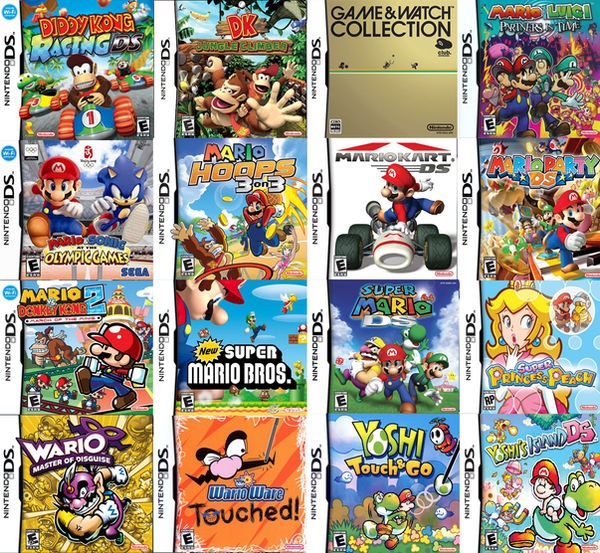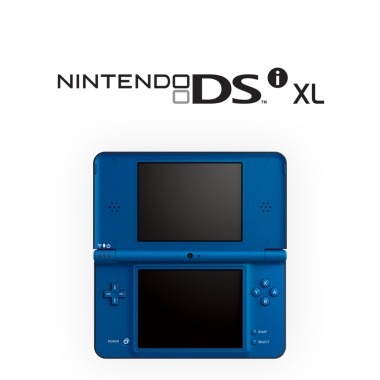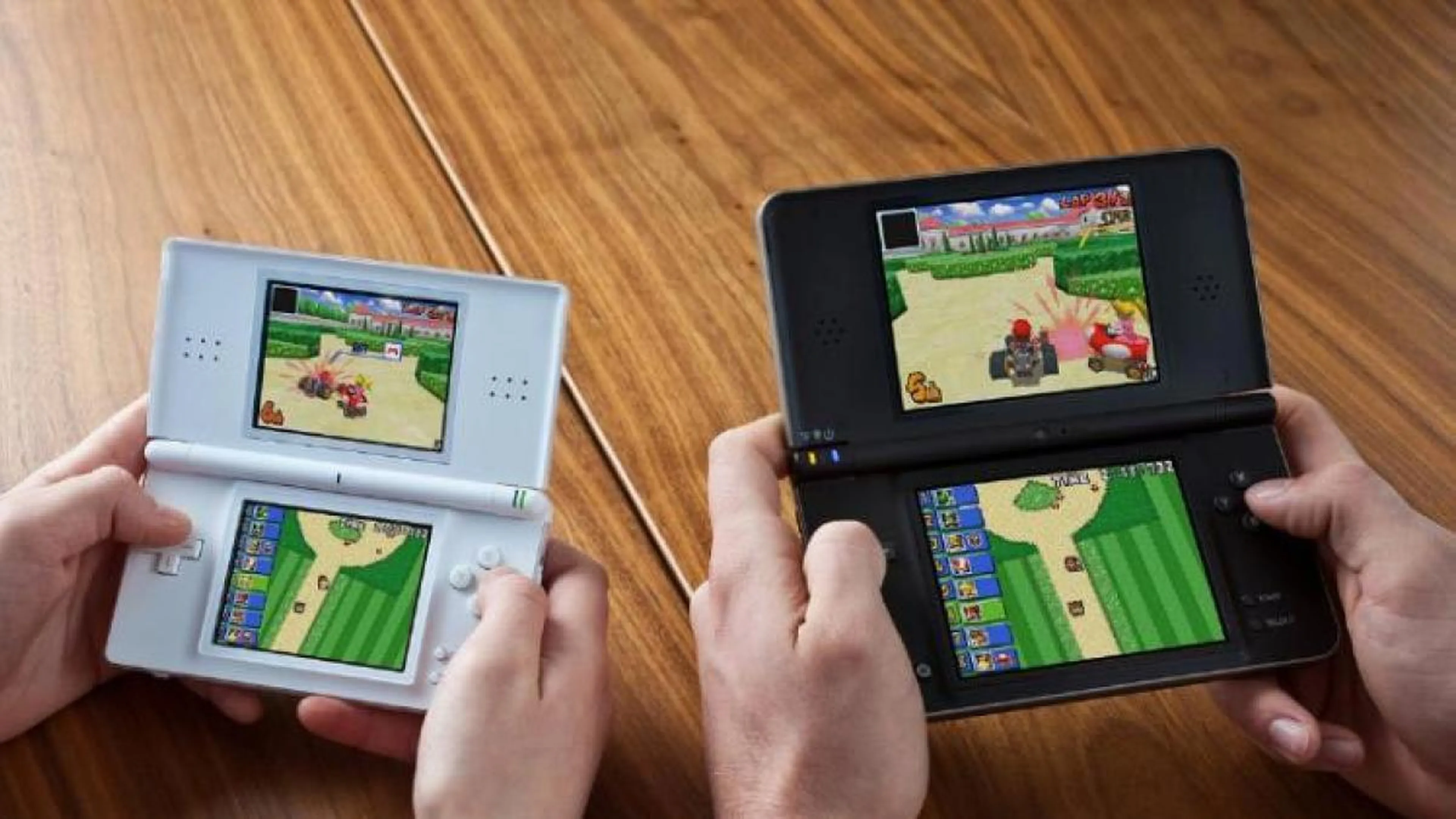Launched on November 2004, the Nintendo DS (codename: Nitro) marked a pivotal moment in gaming history. Initially announced in 2003, this console aimed to showcase innovation, as then-president Satoru Iwata described it as a “third pillar” alongside the GameCube and Game Boy Advance. The DS’s unique dual-screen design echoed Nintendo’s earlier Game & Watch devices, but it elevated the concept to new heights.

Hardware: Redefining The Handheld Gaming Scene
The DS featured two LCD screens, with the bottom being a resistive touchscreen. Powered by two ARM processors—an ARM946E-S for heavy lifting and an ARM7TDMI for input-output tasks—it balanced functionality and efficiency. It also included wireless communication and a built-in microphone, opening doors for interactive and multiplayer experiences.
The dual-screen design was groundbreaking. Developers could create gameplay that spanned across two screens, such as using the top for gameplay and the bottom for inventory or maps. The touchscreen offered a tactile way to interact, inspiring titles like Brain Age and Nintendogs, which appealed to casual gamers, broadening the audience.

Game-Changing Software Library
The DS boasted a diverse library catering to all demographics. Titles like Mario Kart DS, Pokémon Diamond and Pearl, and The Legend of Zelda: Phantom Hourglass showcased its dual-screen potential. Casual games like Brain Age appealed to non-traditional gamers, making the DS a cultural phenomenon.
Accessibility was a cornerstone of the DS’s success. Its clamshell design made it portable and durable, while subsequent models like the DS Lite and DSi refined its aesthetics and features. The DS Lite, launched in 2006, introduced a slimmer profile and brighter screens, boosting its appeal. The DSi, released in 2008, added cameras and downloadable games.

Nintendo DS and its Multiple Redesigns
The Nintendo DS’s lifespan was marked by multiple redesigns, each introducing improvements to the hardware while retaining its innovative essence. These iterations were crucial in keeping the system fresh and expanding its appeal over time.
Nintendo DS Lite: Sleek and Bright
Released in 2006, the DS Lite was a thinner, lighter version of the original DS. Its updated design featured brighter screens and a more compact form factor, making it more portable and visually appealing. This version was particularly popular with younger audiences and families, propelling the DS to new sales heights. The DS Lite sold over 93 million units worldwide, significantly contributing to the DS platform’s overall success.
Nintendo DSi: Embracing the Digital Age
Launched in 2008, the DSi brought notable enhancements, including two digital cameras and a larger screen. It introduced the DSiWare platform, which allowed users to download games and apps, signaling Nintendo’s first steps into digital distribution. However, this version removed the Game Boy Advance cartridge slot, sparking mixed reactions from fans who valued backward compatibility.
Nintendo DSi XL: Bigger and Better
The DSi XL, released in 2009, catered to players seeking a more immersive experience. It featured significantly larger screens, making it ideal for family settings or older players. Despite its bulkier size, it retained the DSi’s features and offered a unique gaming experience with its expansive displays

Sales, Market Impact and Challenges
Selling over 154 million units, the DS is the second best-selling console in history, outpaced only by the PlayStation 2. It outperformed its contemporaries, like Sony’s PSP, by leveraging its innovative hardware and broad software appeal.
The DS popularized touch controls and dual screens, influencing future technologies, including smartphones. It also introduced features like Download Play for local multiplayer without multiple cartridges, a precursor to modern game-sharing systems.
When unveiled at E3 2004, the DS faced skepticism due to its unconventional features and hardware limitations compared to competitors. Critics doubted the need for a touchscreen in gaming. However, its focus on creativity and accessibility made it a beloved platform. It also revived interest in 2D gaming, paving the way for indie titles in later years.
The Nintendo DS Legacy
Celebrating its 20th anniversary, the DS remains a symbol of how bold ideas can redefine an industry. Its legacy lives on in today’s hybrid systems, like the Nintendo Switch, and its influence can be seen in the widespread integration of touch and dual-screen functionalities across devices.
The Nintendo DS was not just a gaming console; it was a cultural and technological milestone that changed the way we play forever. From its unorthodox beginnings to its enduring influence, the DS’s story is one of innovation and triumph, a legacy worth celebrating, two decades later.
